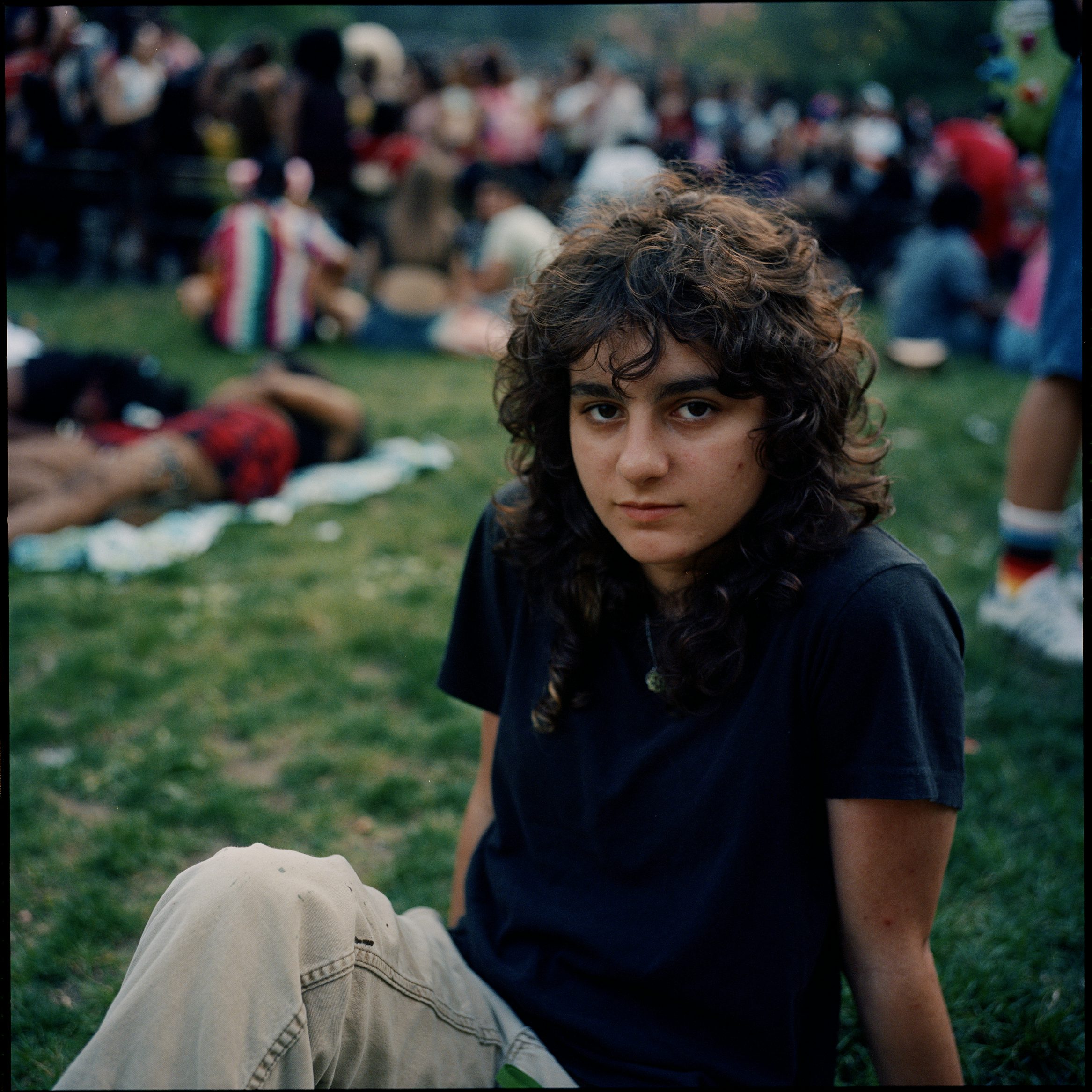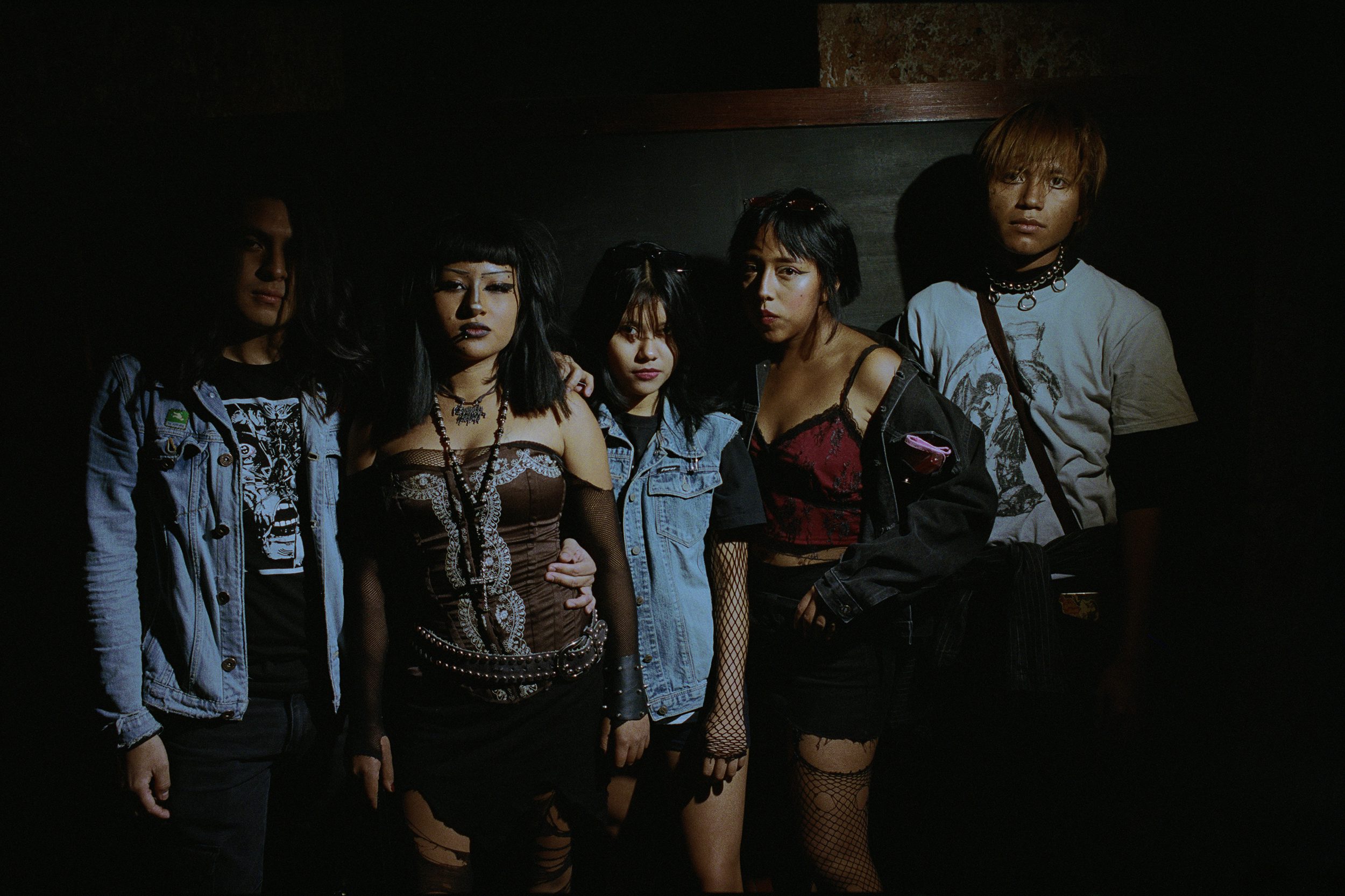Exposure: Sara Messinger
US photographer Sara Messinger talks about the power of teenagers to Gem Fletcher, plus explains how switching from soccer to photography changed her approach to life
“It’s such a powerful time; there’s so much rawness,” Mary Ellen Mark told Aperture magazine 27 years ago when asked why she finds photographing teenagers so compelling. “They are going through so much physically that they exhibit a real vulnerability, yet, at the same time, defiance. Teenagers are very unpredictable. That fascinates me.”
Teenagers’ lives have long captivated visual storytellers’ imaginations, perhaps most potently due to their role in shaping the future. Often unknowingly, they offer a snapshot of where we are headed – culturally, socially and politically – based upon intuition and feeling.
Sara Messinger spent the last three years chronicling teens and their relationship with identity on New York’s Lower East Side, tracing the connective tissue of their friendships told through small everyday gestures of care and togetherness. Her images offer an intimate gaze upon a generation dismantling the gender binary, quietly illuminating how Gen Z adopts a multiplayer mode, their identity existing as a fluid state rather than a definitive category.



“The kids here can be whoever they want,” explains Messinger. “They are so open, breaking every binary and stereotype, exploring their identity daily, and it’s a super supportive environment. They challenge everybody to be their unique self, which really interests me.”
Messinger’s distinctive perspective blends social documentary and cinematic framing with the materiality of film and just the right amount of 90s nostalgia. The result is a distinct visual language that complements her narrative storytelling. Like any great coming-of-age film, her photographs follow several dynamic protagonists, revealing their inner worlds with a potent familiarity that draws the viewer in on a guttural level.
While the topic of identity is a theme Messinger explores in different cultural contexts – she just returned from her fifth trip collaborating with teens in Mexico – it’s also personal. There is a catharsis for the photographer in making this work as the teens she documents often exist in a more liberated context than the one Messinger experienced growing up.



“As a kid, I just never felt like I could explore my identity,” Messinger tells me about her upbringing in the suburbs of Philadelphia. “The first question these kids ask when they meet you is, what’s your name, and what are your pronouns? Most of my childhood was conforming to the social norms of what I was supposed to do and look like as a teenage girl in a New Jersey suburb where everyone dressed and acted the same. I never felt like myself, trapped in a world I didn’t belong to.”
Freedom holds many meanings for Messinger, who found her creative path through a series of decisions she never expected to make. Five years ago, she was studying journalism in Washington, dedicated to her dream of becoming a professional soccer player. And yet, something wasn’t right. Messinger switched cities and discipline, eventually studying history, documentary, and memory at New York University’s Gallatin School, where she met Joseph Rodriguez, the award-winning documentary photographer who continues to be her mentor today.
The photography journey hasn’t been straightforward for Messinger, who now works regularly for the New York Times and New York Magazine. Instead, it was a process that unravelled over time, recalibrating who she was internally and externally. “When I quit soccer and moved to New York, I thought I would be happy, but I ended up having an identity crisis because the only thing I ever did my entire life was play soccer, and that part of my life had ended,” she says. “During the pandemic, I started going on ten-mile walks around New York with my camera, and that’s when things started to change.



“I was shy and introverted until I picked up a camera,” she continues. “Even when I started photographing, I was still hiding, taking photos on the move, and never engaging with people. That all changed when I started making work in the Hasidic community of South Williamsburg. I couldn’t hide there. I soon began talking to everyone I was photographing on the street, making it a more collaborative process, an exchange of hearts. The camera wasn’t just a tool; it taught me how to engage and opened up my world.”
Fast forward to 2024, and Messinger is one of New York’s most promising rising talents. With a number of high-profile editorials under her belt – Eileen Myles, Margo Price, and F Murray Abraham, to name just a few – she demonstrates how her intimate gaze and potent style can captivate audiences on subjects far beyond the realm of youth culture.
Despite her success, Messinger remains grounded, knowing that the flipside of getting high-profile opportunities at this early stage of her career is giving herself the grace to learn on the job. “I know how young I am and know I’m dealing with many things for the first time,” she says. “Right off the bat, I told myself it’s OK to make mistakes because that’s the only way you learn and move forward.”




